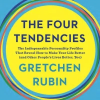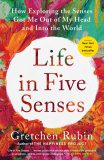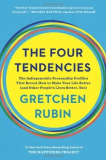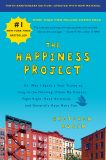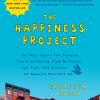

One thing I’ve learned about myself is that I’m very literal, I’m very straightforward. I want ideas to unfold in a linear way. I think a lot about the rules and the “right” way to do things.
And while this is sometimes my strength, it’s also sometimes my weakness. So I always watch for examples when someone sees a solution that I wouldn’t see, or grasps a possibility that would never have occurred to me.
One example of this has delighted me for years.
The novelist John Steinbeck is very well-known for works such as The Grapes of Wrath, East of Eden, and The Pearl. For many years, he worked intensively on a book that was a re-telling of the myth of King Arthur, which in the end became his novel The Acts of King Arthur and His Noble Knights.
In a letter to his editor Chase Horton, on August 10, 1959, Steinbeck discusses the problem of when in history to set his telling of the myth of King Arthur.
I know that for me, as a writer, this issue would have presented a very straightforward set of questions. What period would I choose? How much research would I need to do, to be historically accurate? Did they have the rules of chivalry, did they have horseshoes, how exactly did people dress at that time? And so on.
But perhaps because of his deep knowledge of the work of other authors, or perhaps because of his own mastery, Steinbeck found another solution, one that I know wouldn’t have occurred to me. But the minute I read his solution, I knew it was exactly right.
Here’s a bit of backstory you should know: When Steinbeck talks about what “Malory” did, he’s referring to Sir Thomas Malory, who in 1485, wrote one of the best-known versions of the stories of King Arthur, Merlin, Guinevere, and the Knights of the Round Table.
Steinbeck wrote to Horton:
One thing Malory did—he placed his time as BEFORE. Now there is a curious time and one I have tried to adopt. Time interval in the past is a very recent conception. [For instance,] Julius Caesar found no difficulty in being descended from Venus and didn’t feel the event very remote…I have the following choices—I can choose a period and stick with it, making this whole work a period piece, which I don’t like because these stories are universal; or I can…make the past a large composite curtain called “before.” Now that is actually how most people see the past. In this pattern the lake village and the Tuscany merchant can both operate because both belong to the “before.” The only things that cannot enter are the things of the “present,” the “now.” But on the other hand the human problems must all be of the now.
I read this passage years ago, and I’ve never forgotten it. Because I know, as a writer, I would never have figured out this solution. I couldn’t have imagined that I could just…not worry about it. And the minute that I read that, I realized that for this story, it was a brilliant solution. If I were writing a story, if I chose, I could just throw in anything from the past that strengthened it, whether it was historically “accurate” or not. I could have jousts, pilgrims, jesters, cathedrals, castles, windmills, alchemists, all thrown together in a pageant of “before.” Once I read that, I saw the possibility. But I would never have thought of it, on my own.
When we know ourselves, when we understand our strengths and our limitations, we can watch for opportunities to learn and to expand our sense of possibilities, and we can appreciate better those who see the world in a different way, or who would make different choices.
John Steinbeck found a solution that I wouldn’t have found, and I’ve learned from his example.
LATEST EPISODES
YOU MIGHT ALSO LIKE
- September 30, 2019

